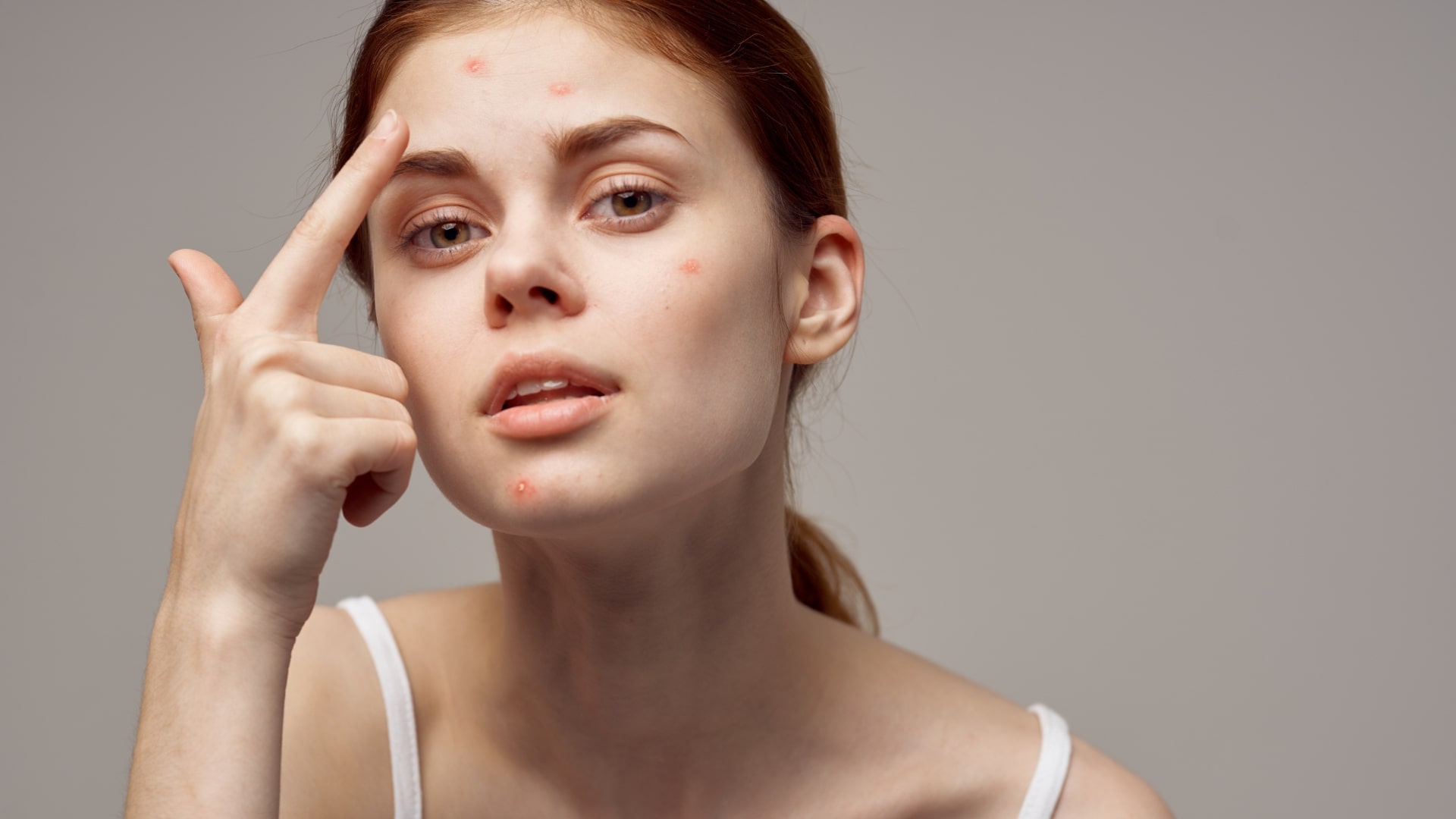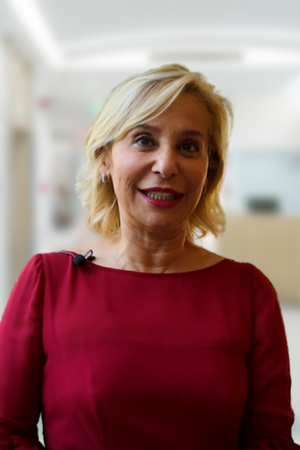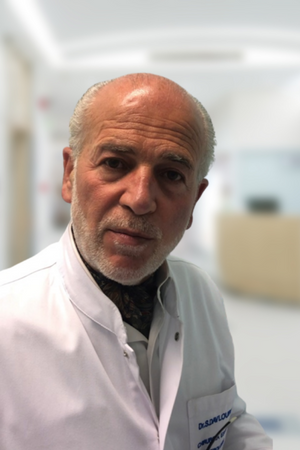
Treatments for Acne and Post Acne Scars
How to prevent and treat acne scars: we talked about it with Dr Marco Borin, Aesthetic Doctor specialised in Otolaryngology and Cervicofacial Surgery with surgeries in Milan, Como and Vicenza, Vice-Director of the Icamp College School of Aesthetic Medicine.
MEDICAL TREATMENTS FOR ACNE SCARS
Before proceeding to a description of the most commonly used medical treatments for acne scars, a premise must be made: every scar must be studied. The structure of each scar must be identified in order to be able to choose the most suitable technique. The scar can be retraction, wide with sharp margins, or narrow and deep. The latter, precisely because it is deep, is the most complex to treat and may require combined therapies.
In general the techniques most commonly used by aesthetic doctors to treat acne scars are:
- microneedling
- peeling
- laser
MICRONEEDLING
This is a technique in which a pen, or roll, into which small needles are inserted is used. Using this pen or roll, the doctor creates micro-damage at the level of the epidermis and dermis and the organism reacts by activating a tissue repair response. For more complex acne scars it is necessary to reach a depth of at least 1.5 mm as it is necessary to reach the dermoepidermal junction or the dermis to stimulate skin regeneration. Microtrauma stimulates the synthesis of physiological collagen that replaces the fibrotic collagen of the scar, resulting in an aesthetic improvement of the scar.
This technique can be combined with the use of other substances such as free hyaluronic acid and organic silicon because microneedling opens up microchannels that allow these substances to reach the dermis, thus amplifying the results.
PEELING
Peelings exert a keratolytic and exfoliating action, reduce the thickness of scar tissue and stimulate cell turnover. Peelings of different intensities can be used, i.e. light, medium or deep, and the type of molecule to be used depends on the patient, his or her skin and the type of scars to be treated. In general, a medium peeling is preferred, such as trichloroacetic, from 50% upwards to reach the dermoepidermal junction, but the range of peelings from which the aesthetic physician can choose is wide.
Anterior chemoabrasion is a combined technique consisting of a combination of microneedling and peeling: microneedling is performed until bleeding then peeling is applied. This amplifies the action of the treatments but the recovery time is more important, scabs and redness appear, the healing time is longer and patient compliance is required.
ACNE SCARS IN DELICATE, ATOPIC OR ROSACEA SKIN
Microneedling is a technique suitable for all skin types. There is a physical stimulation of collagen synthesis and with proper care and skincare after the treatment, skin problems rarely occur.
With regard to peelings, the skin is prepared with a cosmetic protocol at home and a light peeling is started in the studio to test skin reactivity. In addition, the cosmetic doctor has various tests at his disposal, such as dermography, to assess the patient’s skin reactivity.
The preventive home cosmetic protocol consists of using cosmetics with a very high SPF and lightening creams starting at least 2 weeks before the treatment. This sedates melanocyte activity and prevents the appearance of post-inflammatory hyper-pigmentation.
AT WHAT AGE TO CARRY OUT MEDICAL TREATMENT FOR ACNE SCARS
During adolescence or in the case of ongoing pathology, it is better not to intervene with medical interventions but to educate on prevention. This means carrying out correct daily skincare with suitable cosmetics and using specific make-up products.
Another good practice to prevent the worsening of acne and/or the formation of scars is to avoid traumatism but above all to avoid non-sterile traumatism. Scarring in fact always passes through a traumatic event and touching the skin or scratching with unclean hands can facilitate bacterial contamination and thus aggravation of the pathology.
COSMETICS FOR ACNE AND ACNE SKIN SKINCARE
Acne-prone skin requires daily attention and must be treated as delicate skin.
The pathogenetic triad of acne consists of:
- Increased thickness of the superficial keratin layer
- Bacteria
- Excess sebum
In the former case, the skin benefits from peeling or, in some cases, light scrubs.
In the case of bacterial infections, antibiotic, topical or oral therapies are followed, which are the responsibility of the doctor.
To prevent excess sebum, daily skincare is the weapon of choice.
EXPERTS

DOTT.SSA MARIA ALBINI
AESTHETIC MEDICINE
DOTT. SOTIRIS DAVLOUROS
AESTHETIC MEDICINE
DOTT.SSA AMALIA STAFFILANO
AESTHETIC MEDICINEWhere we are
Address: Via Caduti di Marcinelle 7, 20134 Milano (MI)
Tel/Fax: 0235956256
Email : iser.milano@gmail.com
Opening Hours: Monday to Friday: 09.00 – 20.00
Book your visit now
For any information, please contact us by filling in the form below. One of our staff members will get back to you as soon as possible!
